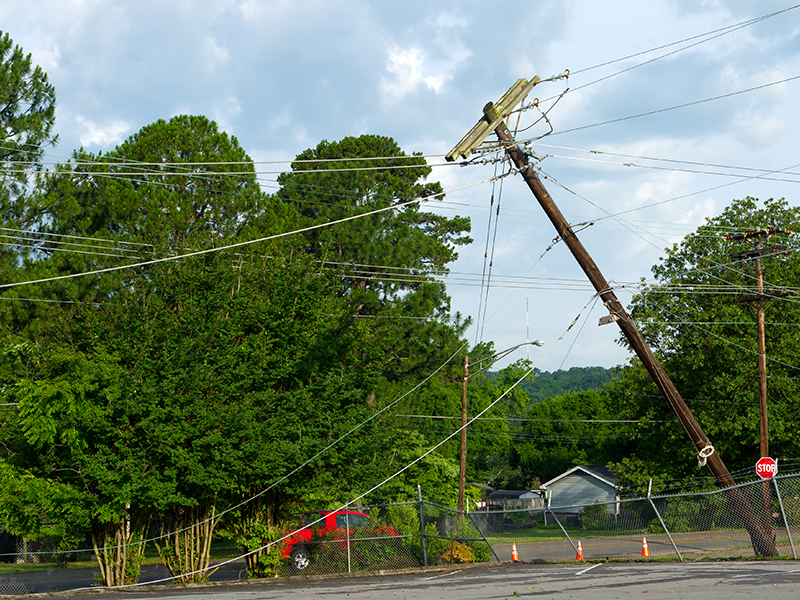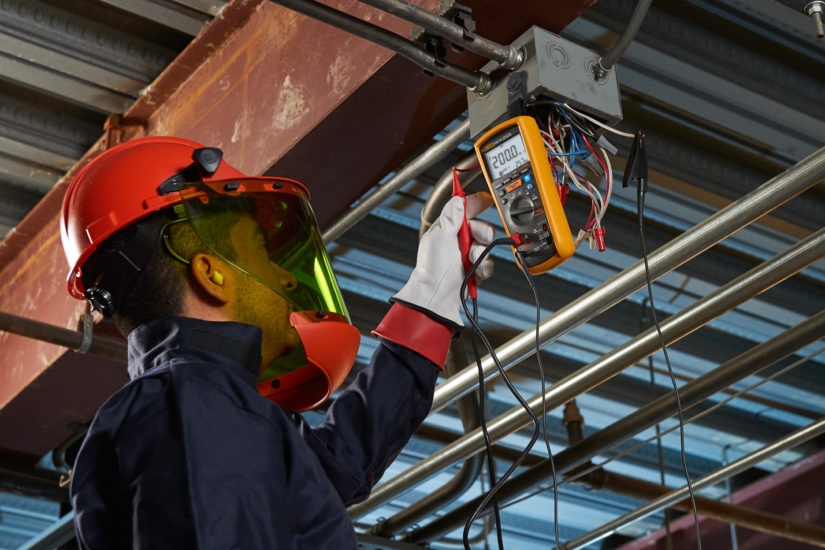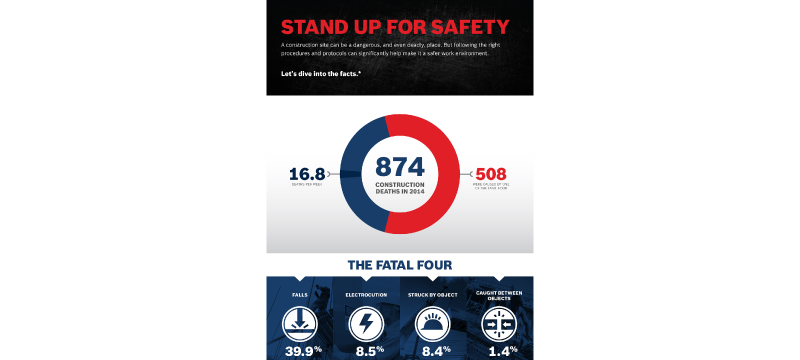Generators Can Be Helpful During Times Of Natural Disaster
Disasters of any kind, natural or man-made, are precisely that—disastrous and extremely costly. Let’s quickly look at some of the worst disasters in North America, which cost a lot to clean up and fix.
- Hurricane Katrina 2010 – $145B
- Northridge Earthquake 1994 – $60B
- Hurricane Andrew 1992 – $43.5B
- Drought and Heat Wave of 1988 – $76.4B
Electricians have acquired a unique knowledge that can make these disasters a little easier to bear by knowing how to install backup generators, portable or permanent, for just such emergencies. One must remember, however, that connecting a generator directly to the wiring of a building or house can be dangerous if done incorrectly.
A generator directly connected to a service or sub-panel can “back feed” onto the connected power lines or other circuits attached to the sub-panel, which could, in turn, injure you, neighbors, or utility workers.
Disconnecting Means
NEC article 445.18 states: “445.18 Disconnecting Means and Shutdown of Prime Mover. (A) Disconnecting Means. Generators other than cord-and-plug-connected portable shall have one or more disconnecting means. Each disconnecting means shall simultaneously open all associated ungrounded conductors. Each disconnecting means shall be lockable in the open position following 110.25.”
Enter the manual transfer switch.
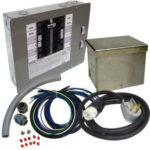
A manual transfer switch must be installed to safely tie a generator into a power system. By doing so, you satisfy the requirement for the ability to open all associated ungrounded conductors in the sub-panel that the generator is feeding. You also disable the power company’s ability to feed electricity back onto the circuits currently powered by the generator until the generator is turned off and the manual transfer switch is returned to the non-backup position.
Transfer switches can also be locked out when they are in the OFF or open position, satisfying the requirement of Article 110.25. Portable generators, like those found here, don’t have to abide by this requirement because they typically have cords plugged into them that can easily be removed from their receptacles or from a flanged inlet to which they may be connected. The removal of the plugged-in cord acts as the disconnecting means.
Common sense
Article 445.10 of the NEC states: “445.10 Location. Generators shall be of a type suitable for the locations in which they are installed. They shall also meet the requirements for motors in 430.14.”
430.14 talks briefly about exhaust ventilation for motors, and NFPA 37 does as well, which is mentioned in an informational note at the bottom of article 445.10. This is where common sense comes into play. I can’t help but be reminded of a story my brother told me of a job he was working on. The power company was taking its sweet time getting the temp power hooked up, so one of the other contractors decided to bring a generator on-site so they could get started. They didn’t like how noisy it was, so they decided that the best place to put the generator would be in the crawl space.
Can you think of any immediate reason for this being a bad idea? If not, let me help you out a bit. Putting anything that could release harmful fumes or exhaust in a confined space is a bad idea. One contractor’s employees went into the crawlspace to do some work. Needless to say, they didn’t see him for a while. In fact, they didn’t see him until they went into the crawlspace to get him. They had to drag his body out of the crawlspace because he had passed out under the house from the exhaust fumes. He lived to tell the tale, but he could have just as quickly died from such an irresponsible decision.
Use your common sense when dealing with such matters.
Isolation
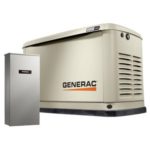
Last but not least is the ability to isolate one generator that may be tied in parallel with one or more other generators.
NEC article 445.18(C) States: “ 445.18(C) Generators Installed In Parallel. Where a generator is installed in parallel with other generators, 445.18(A) provisions shall be capable of isolating the generator output terminals from the paralleling equipment. The disconnecting means shall not be required to be located at the generator.”
To be adequately safe when working on a generator installed in parallel with another, you need to be able to isolate it from the others. Another generator can and will back feed onto the dead generator, just as a utility line will back feed if the main breaker is left on or if no transfer switch is installed.
At the end of the day, the most important thing is that you are able to go home safely to your family. Following codes and basic safety procedures will ensure that.

